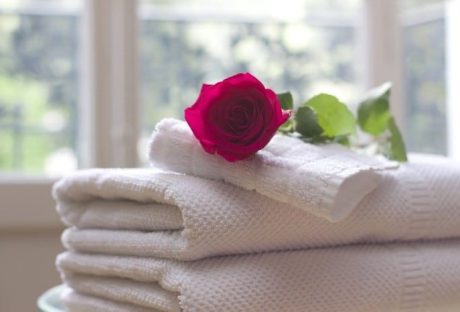If you need to move from one place to another from work or for any other relatively urgent reason, chances are you don’t really have much say in what season you will be moving. However, if you can choose, you should think carefully about which is the Best Season to Move.
In order to get some inside info, we asked Miracle Movers to share their insight from their years of experience in moving in all seasons, even notorious Canadian winters.
The Best Season to move:
Spring
Early in spring, the price quotes you can expect from moving companies will be somewhat cheaper, since the peak season starts somewhere in mid-May. That means that if you can nab an April date with fair weather, you basically get the best of both worlds – your move will be relatively cheap, and you won’t have to contend with extreme weather (be it hot or cold).
On the other hand, you will have to schedule your move in advance, and knowing the weather that far in the future might be impossible. Additionally, if you have children, spring is peak exam season. Putting your children through the stress of moving in this period is something you should think twice about.
Summer
The proverbial best season to do pretty much everything is the summer. Some research has found that homes sold in the summer fetch higher prices, so that might be an incentive to consider a summer move. Furthermore, the weather in most places promises to be fair most days, so picking any date will likely result in a nice day. With the summer break, your children will not only not have to worry about school, they will also be available to help you – get them to pack their own things.
When it comes to the downsides of a summer move, one of the most obvious ones is that everyone will pick summer, making your favorite moving companies pretty tightly scheduled – meaning the prices will be higher and their availability will be limited. Finally, extreme weather such as heatwaves and hurricanes in certain regions may also give you pause.
Fall/Autumn
Despite the stereotypical idea of a foggy and rainy season, the fall is actually generally a nice season with plenty of nice days that are ideal for outdoor activities, moving among them. Depending on your region, you may find that the fall is the most suitable season for a strenuous activity outdoors. Additionally, lower prices of homes in the fall may be better for you if you’re buying a home.
Finally, if you move in the early fall, you will be all set in your home by the holiday season with Thanksgiving and Christmas in your new home.
A major drawback of a fall move is that the school starts then, so moving just as your children start the school year may be less than ideal. With changing schools, leaving friends behind, it’s a lot of stress.
Winter
Finally, winter is the season when the least moves occur, especially in the regions where heavy snow is common. That, however, means that your move is likely to be much cheaper compared to other seasons. Additionally, with less work, moving companies will probably have more time to adapt to your schedule.
On the other hand, the biggest problem with moving in the winter is certainly cold. Furthermore, you may also need to insulate your boxes and protect them from the cold and water to prevent any kind of damage to your things while moving.
Ultimately, whichever season you pick, there are clear advantages you will get, and some disadvantages that you will have to contend with. Make sure to pick the season which suits your needs.
Read Also:


























